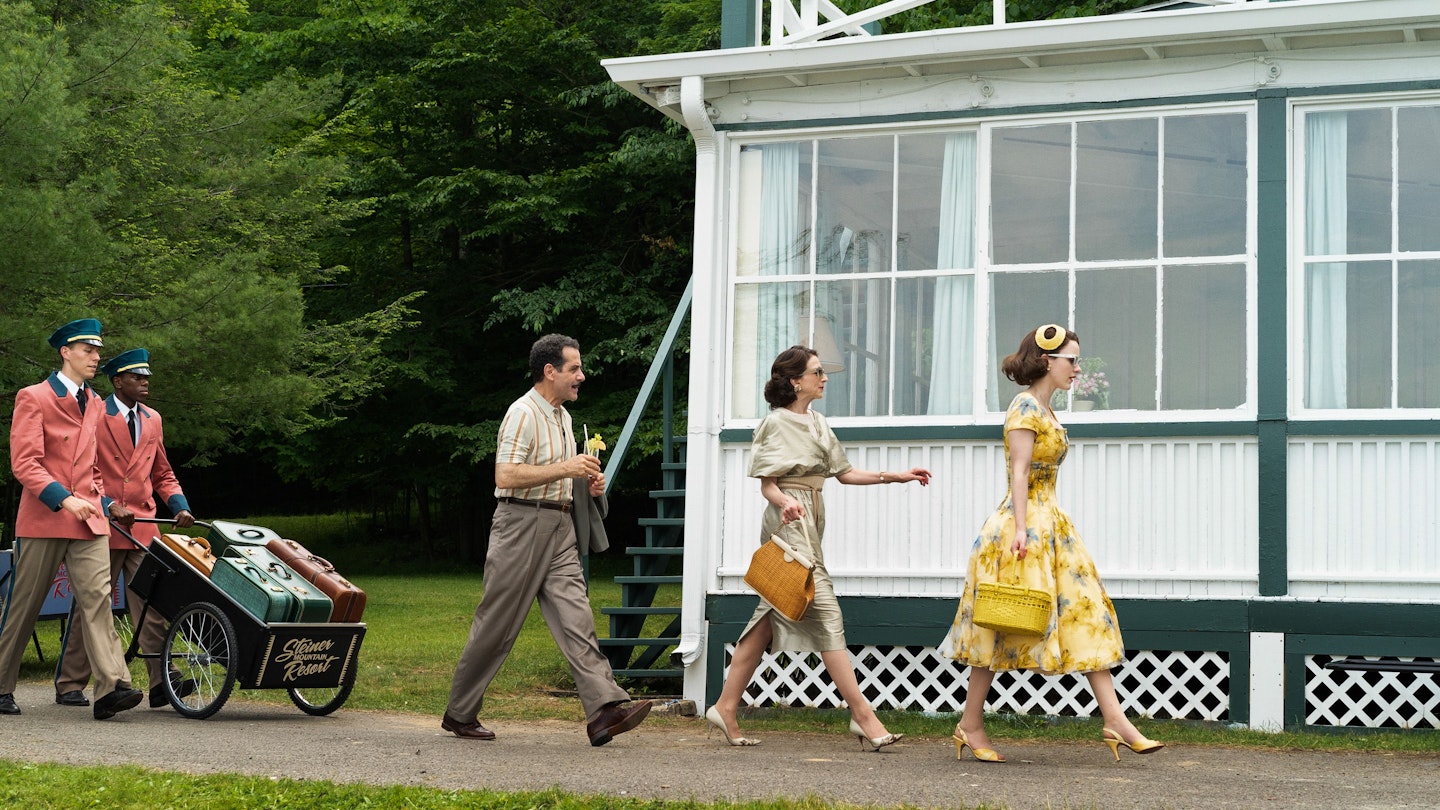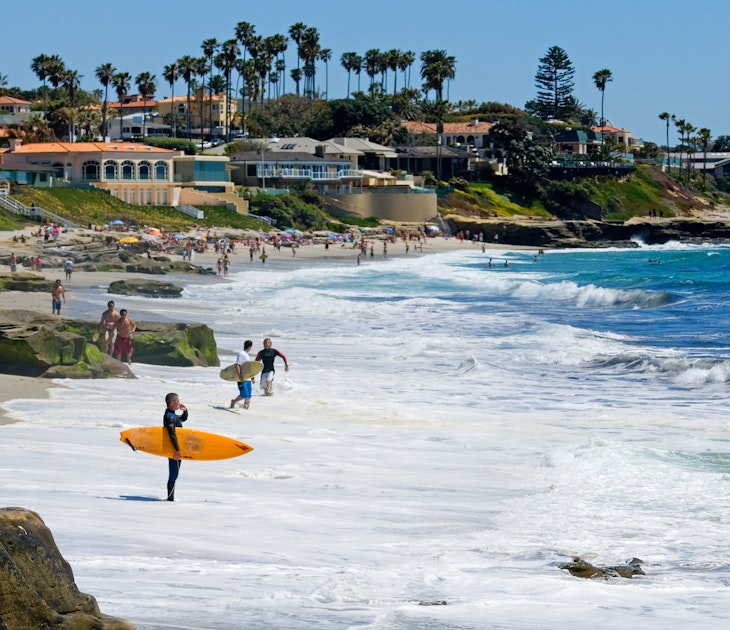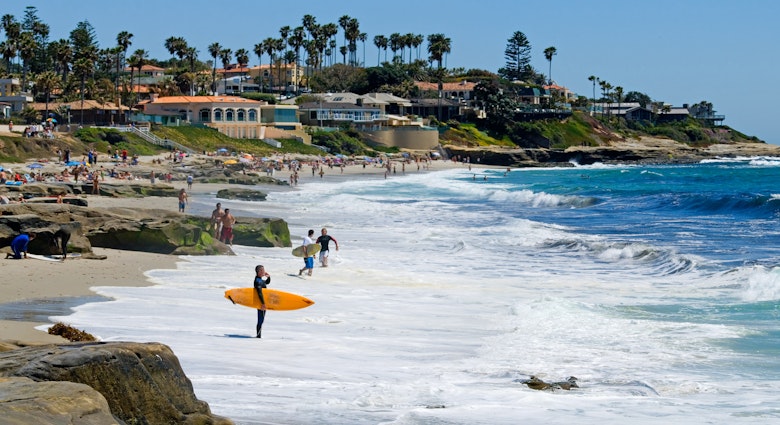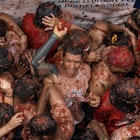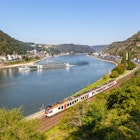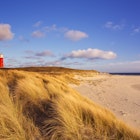For most people who grew up in the 1980s and 1990s, watching Dirty Dancing was the first time they learned about the so-called Golden Age of the Catskills, a mountainous region in upstate New York. For Gen Z, the second season of Amazon’s award-winning series The Marvelous Mrs. Maisel might be their first introduction to this strange land where families vacationed together in the mountains for weeks at a time each summer.
As for me (an ’80s baby), I grew up hearing stories from my grandmother and her four siblings every summer as we sat around the worn living room of our own bungalow in Hurleyville, New York. The bungalow was one of five their parents had bought in 1963 after they closed the Kantrowitz House, the hotel in Woodridge they had owned since 1902.
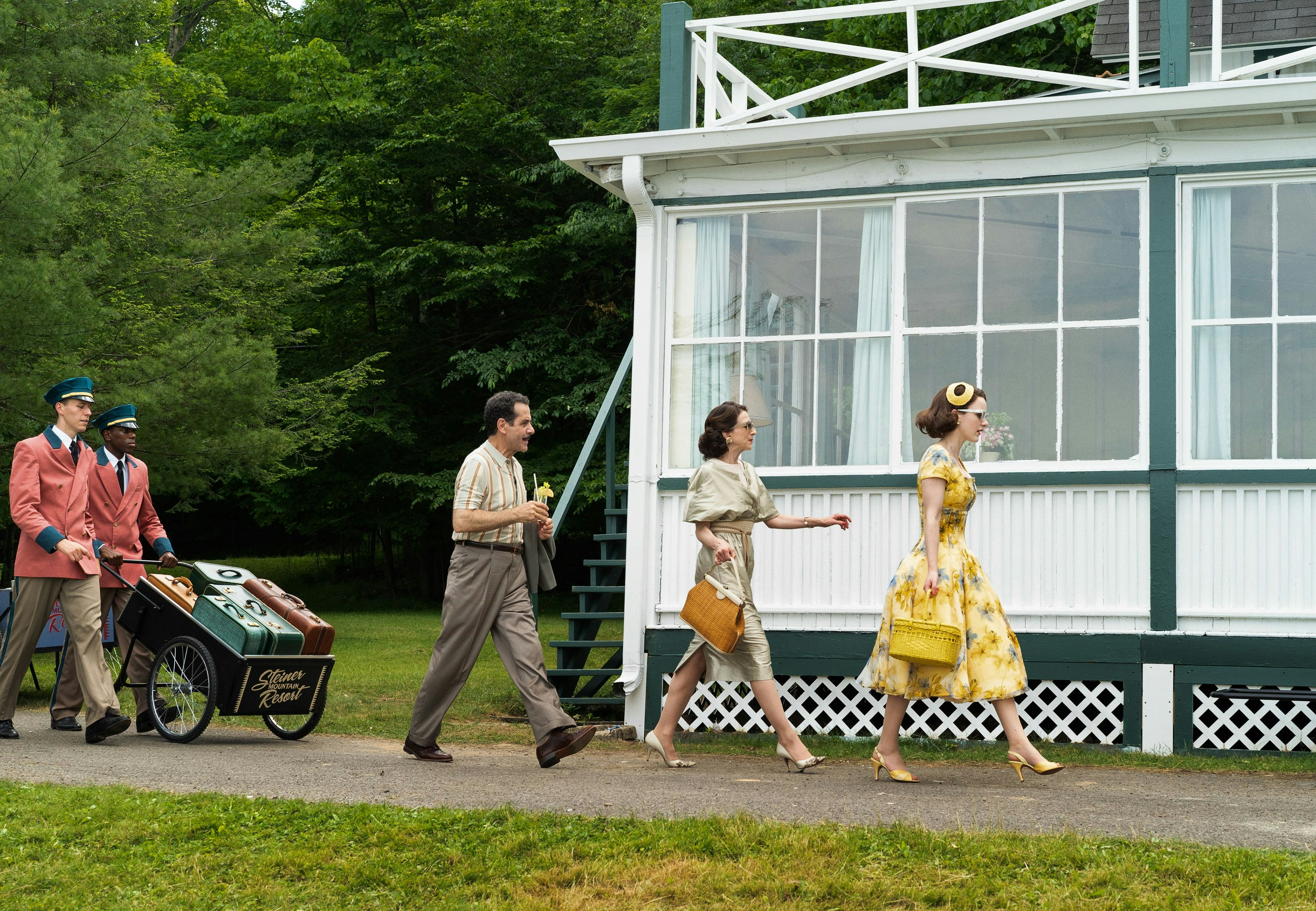
I always knew bits and pieces of my family history, but a recent conversation with my grandmother, Libby Weingarden (who is still going strong at age 96), brought out the full story.
“All the hotels were run by families and most of them were named for the family that ran it,” says Weingarden. “Our hotel was known for being Orthodox, so all the big rabbis stayed at the Kantrowitz House because they had confidence in my grandfather and my father, who was a well-known scholar. Most of the other hotels were run by Jews but were not observant — they were kosher but you could still check in on Shabbat.”
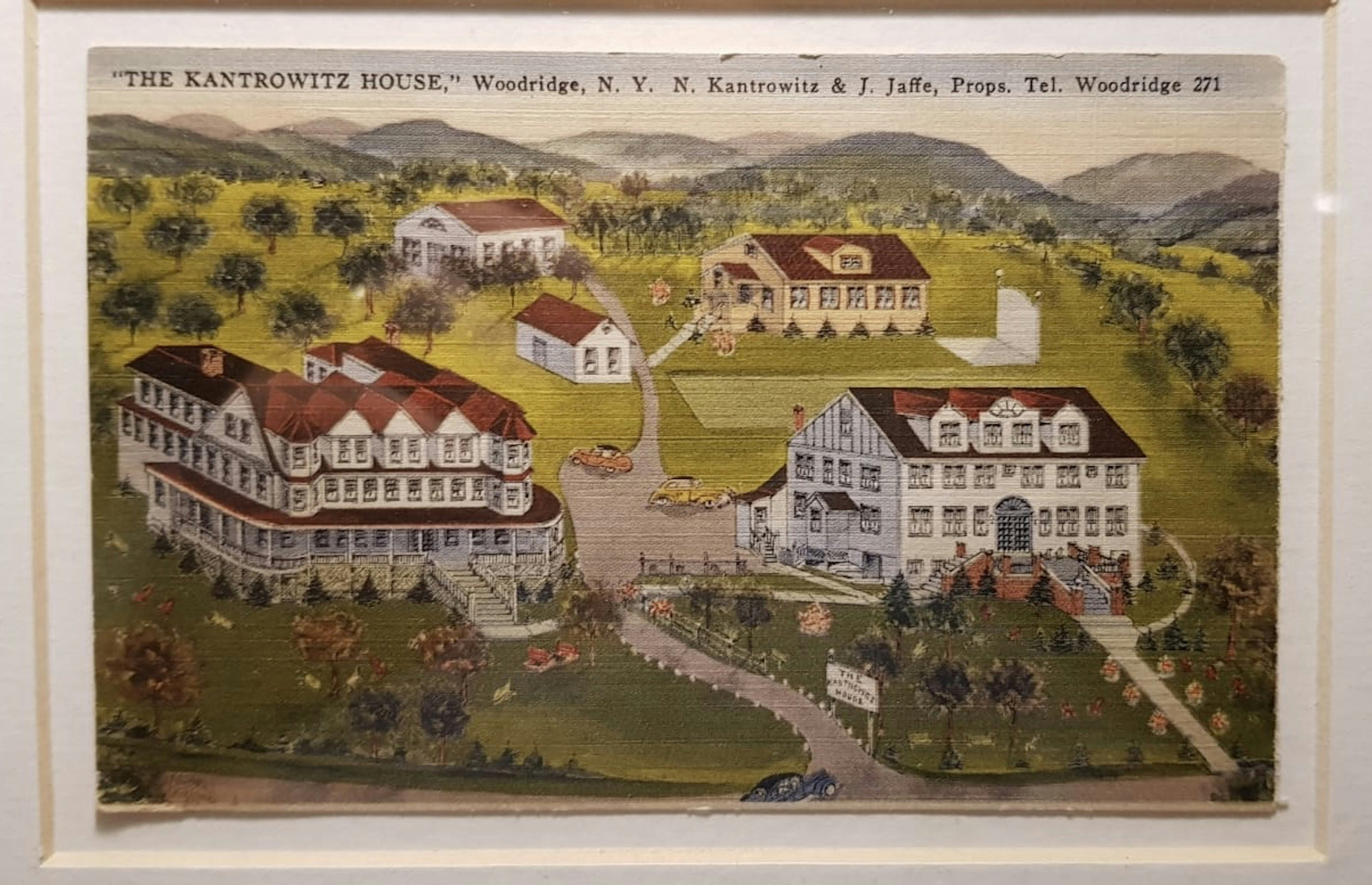
Her mother, Dora Kantrowitz (whom I’m named after) was born in 1891 on Delancey Street on the Lower East Side of Manhattan, where many Jewish immigrants settled. Her father, Lazer Kantrowitz, had been an innkeeper in Europe, so when he saved enough money he bought a boarding house in Woodridge (then called Centreville) and moved his family to the mountains.
Joseph Jaffe, a Hebrew and Judaic teacher, married Dora in 1919 and the couple lived with their children in the Bronx until 1931, when they decided to join the family business. Dora’s brother Nathan Kantrowitz also ran the hotel. My grandmother was eight years old when she moved to Woodridge.

The Golden Age of the Catskills
These hotels had become a haven for Jewish families looking to escape the hot city each summer. The Catskills, which span Ulster, Greene, Sullivan, and Delaware counties in New York, are typically 15 to 20 degrees cooler than New York City. Dotted with pristine lakes ideal for fishing and boating, the Catskills are also home to vast forested land ripe for hiking.
According to John Conway, the official historian for Sullivan County, tourism began in the middle of the 19th century, and not just because of the scenery. Many people — including doctors — believed the region was a healing environment, a quality touted in railway advertisements of the era. This newfound interest in country wellness coincided with the decline of area farms in the early 1900s, leaving a great number of cheap, plumb properties available, says Conway.
At the same time, Jews were largely barred from many resorts and hotels in the northern Catskills and elsewhere. “We have advertisements, newspaper articles, and correspondence about keeping Jewish families out,” says Conway. “The fact is, they created this resort mecca here [in Sullivan County] because they weren’t welcome in a lot of places.”
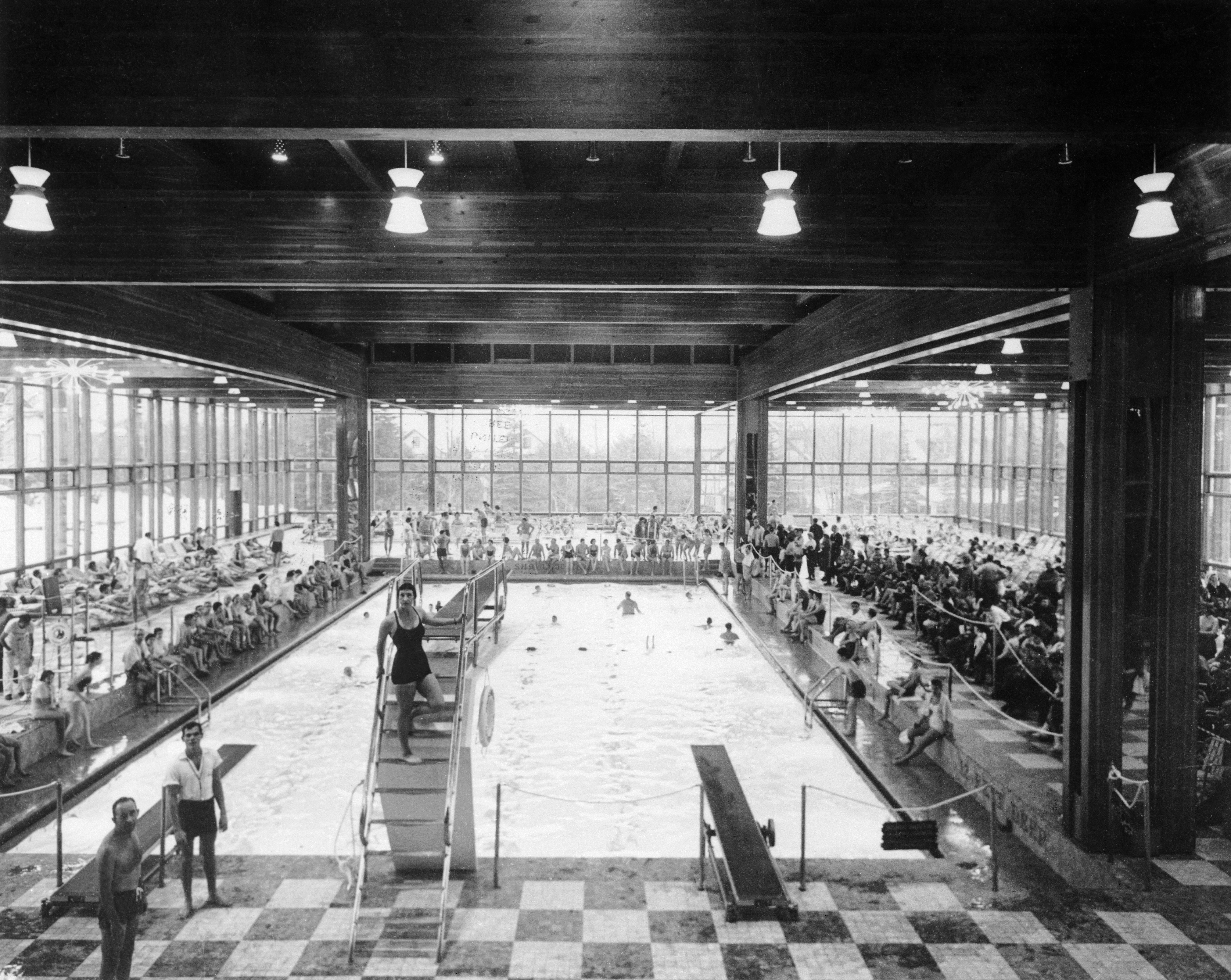
The area became known as the Borscht Belt, with resorts and bungalow colonies springing up across the region. The years 1940 to 1965 were considered the golden age of the Catskills, which peaked in the mid 1950s, says Conway. According to a New York Times article from May 10, 1953, there were 538 hotels, 1,000 boarding houses, and 50,000 bungalows in the Catskills.
Soon, the resorts catered to families by offering meals, entertainment, and activities in what were essentially all-inclusive resorts. Wives and children would spend weeks or months there each summer, with husbands joining on the weekends.
“Every hotel offered entertainment — what else would people do that whole time?” recalls Weingarden. The Kantrowitz House “had a casino and we had traveling shows like Yiddish theater groups and groups that played music in the dining room. But we weren’t known for our entertainment, Grossinger’s was the biggest resort, and then the Concord came later and was even bigger, and there was the Flagler, the Nevelee — those were all known for their entertainment.”
Performers came from all over to play at these hotels, including Louis Armstrong, Sammy Davis Jr., Dean Martin, Jackie Mason, and Jerry Seinfeld.
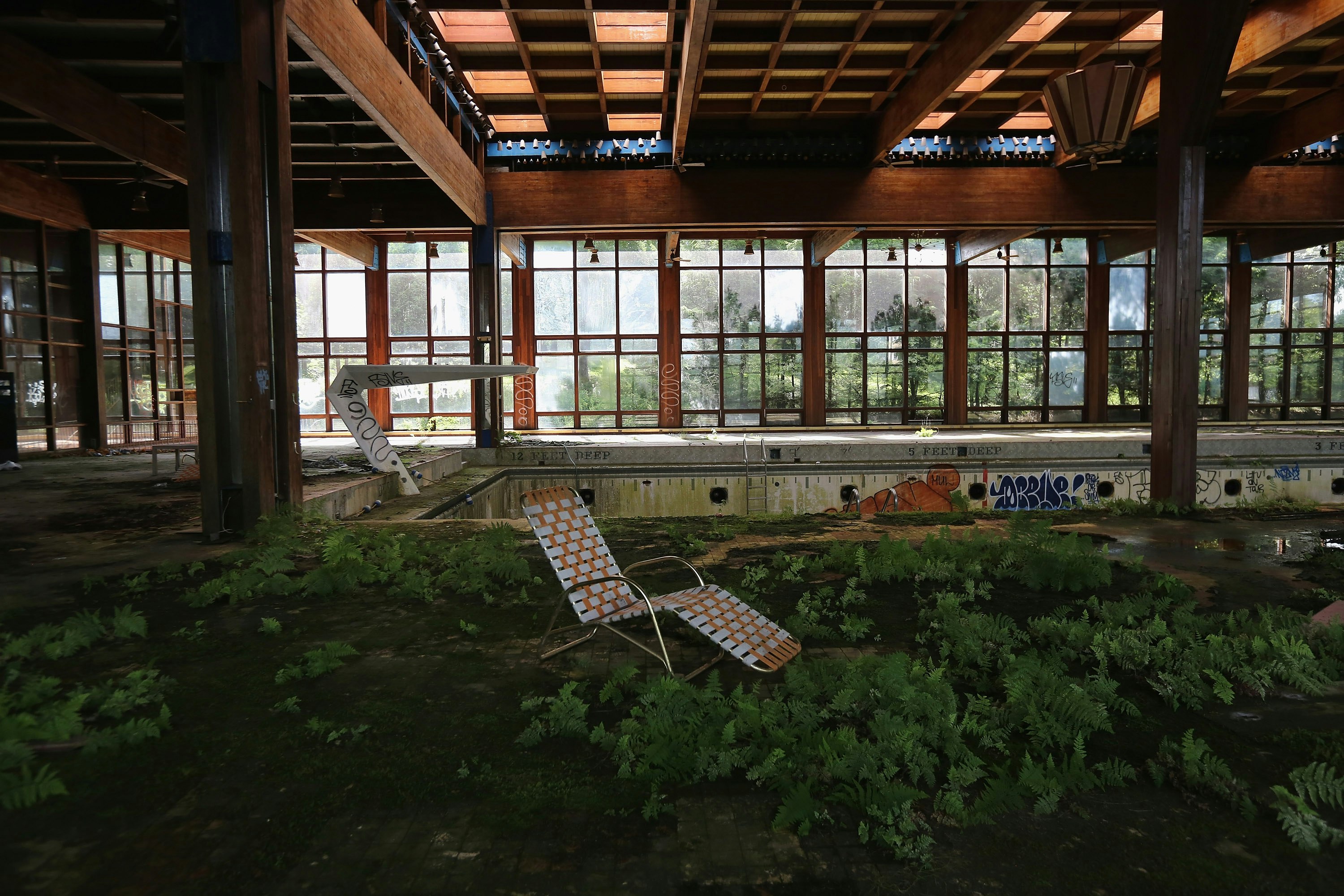
The Decline of the Borscht Belt
According to Conway, these “fortress hotels,” which provided everything a guest could ever need or want under one roof, eventually contributed to the economic decline of the area and the region’s downfall as a tourist destination, along with the advent of air conditioning, cheaper airline travel, and the increased acceptance and assimilation of Jews.
“The early hotels didn’t offer entertainment, they didn’t have bars or nightclubs like the later hotels, so guests were left to go into town,” says Conway. “That contributed to the growth of the main streets in towns like Woodridge, Liberty, and Monticello. People went to the movies, ate in the deli, bought souvenirs in the shops. Eventually all of those things and more were located within the hotel. If you wanted a haircut, there was a barbershop in the hotel, if you wanted a shirt you could go to the ladies shop. You could live there as long as you wanted.”
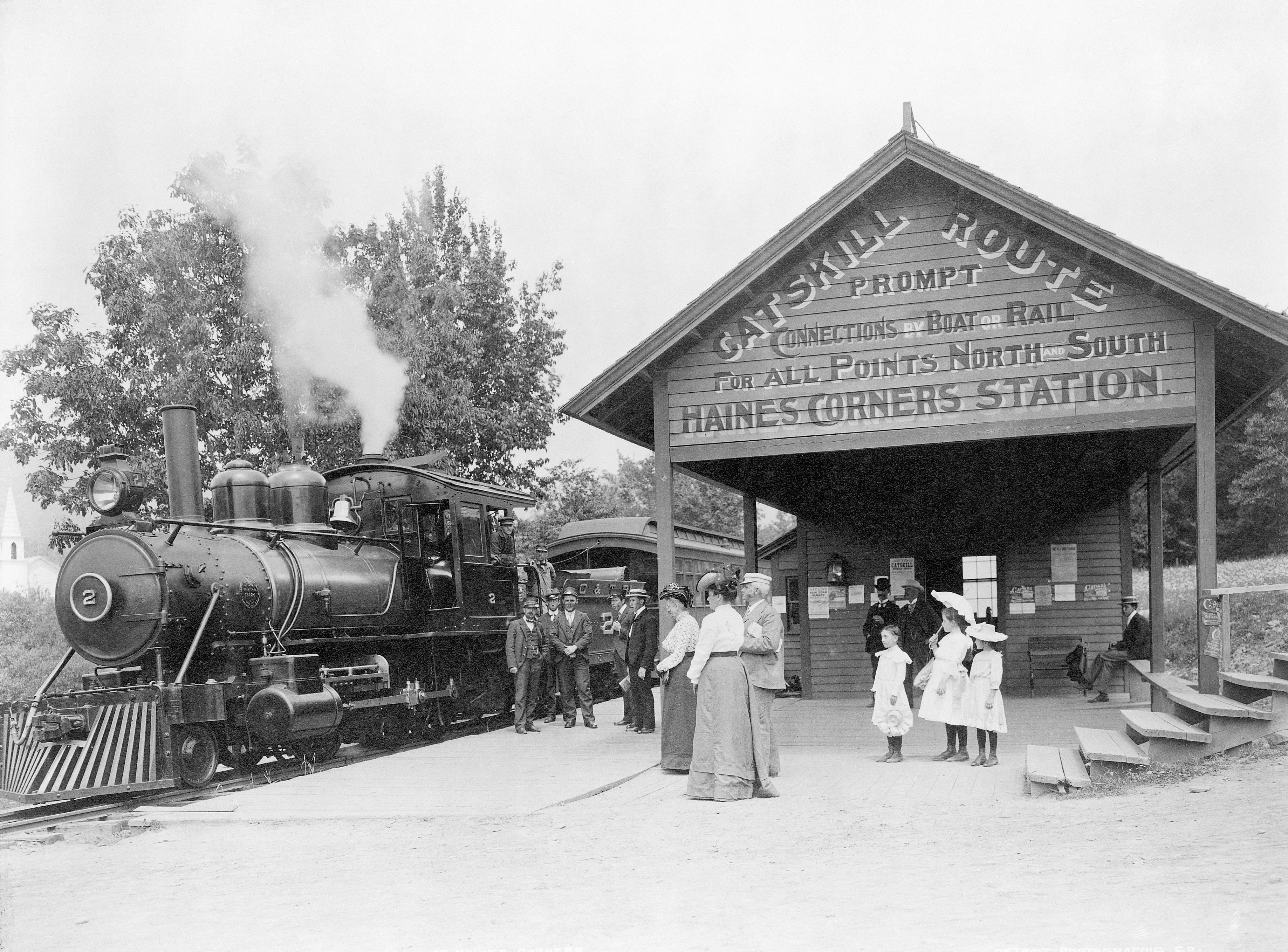
As more locations became reachable by car and air, Americans were no longer wedded to places on the railroad lines. And they wanted to explore — nobody wanted to eat three meals a day in the same place anymore. “In the Catskills, we were stuck on the fortress hotel and America passed us by — frankly without us really noticing it until it was too late,” says Conway.
Hotels in the Catskills, including the Kantrowitz House, started closing in the ’60s and the decline continued through the following decades. Some larger and more famous hotels like Grossinger’s Catskill Resort Hotel, the Concord Resort Hotel, and Kutsher’s Hotel and Country Club held out longer, but eventually all of the once-great hotels owned by Jewish families closed and the area went into a severe economic decline. Many resorts stood abandoned and derelict for years, leaving a lingering sign of the heyday that was no longer.
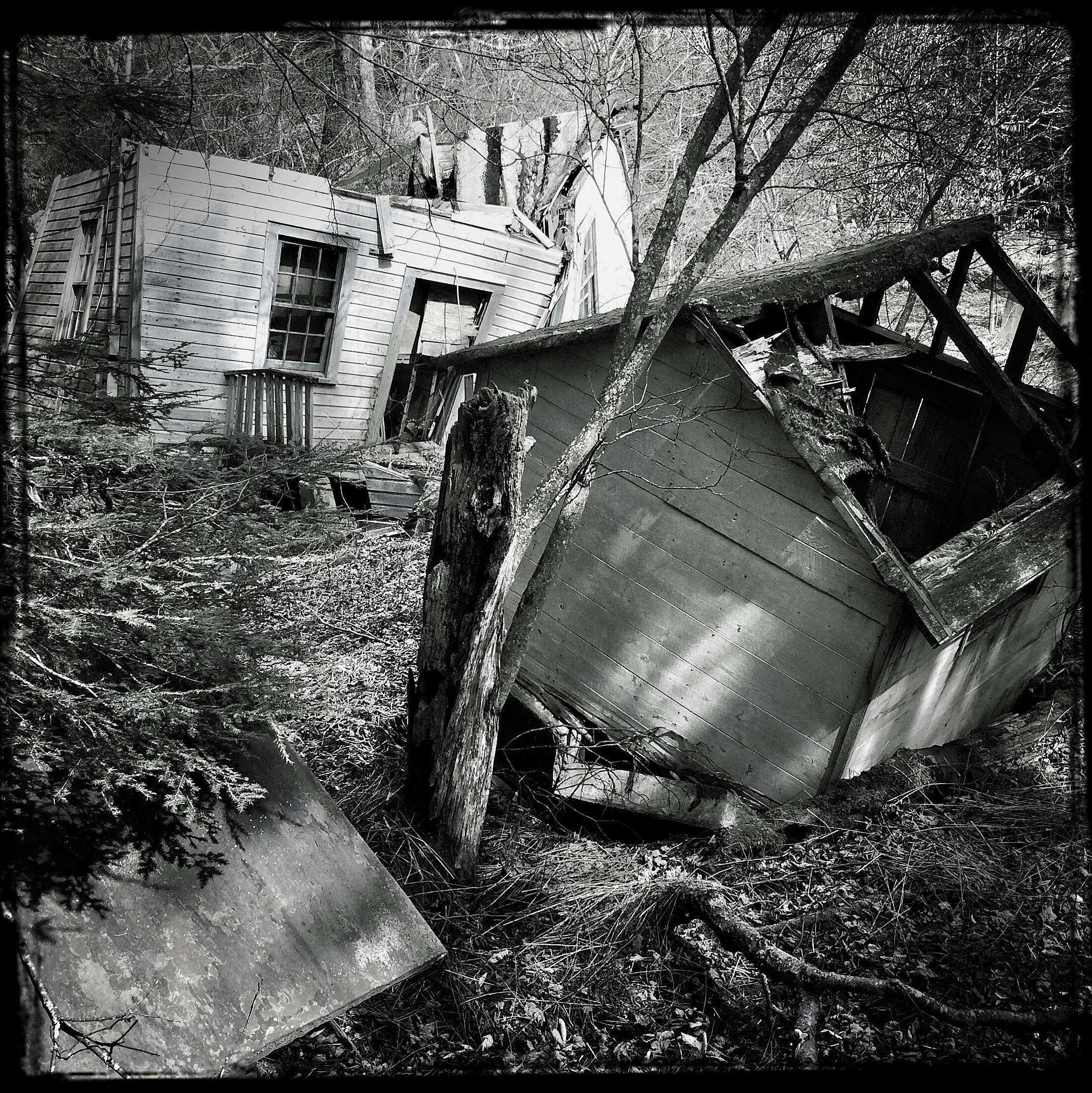
The Catskills Today: The Silver Age
Today, those looking for the all-inclusive mountain experience can still look to the Catskills. In Greene County, there are destinations like Villa Vosilla, Sunny Hill Resort (which turned 100 this year), and Winter Clove Inn. In Delaware County, there is Scott’s Family Resort, where The Marvelous Mrs. Maisel filmed its Catskills episodes. None of these are owned by Jews, however, and are therefore not considered to be true “Borscht Belt” resorts.
In Sullivan County, the Catskill Mountains Resort is a modern version of the all-inclusive that took over an old gymnastics camp in 2015 while the Raleigh Hotel, one of the original Borscht Belt resorts dating back to 1937, is still hanging on as a retreat for ultra-Orthodox Jews after the last family member sold it in 2005.
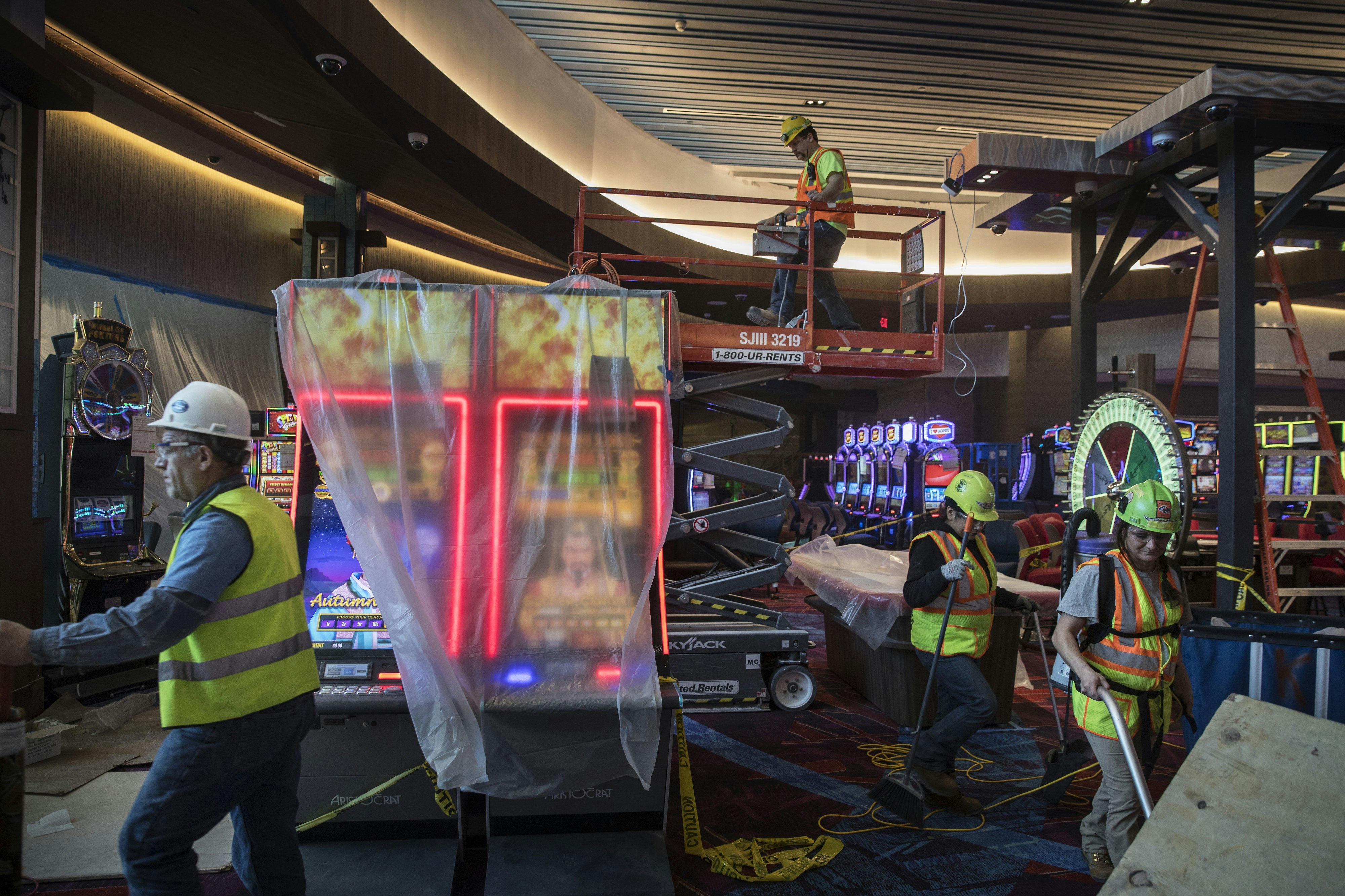
Meanwhile, in 2018, Resorts World Catskills casino and resort was built on the site of the Concord. Grossinger’s was finally demolished at the end of 2018, with hopeful plans by the new owner for a new hotel. Kutsher’s, which was the last of the major resorts to close in 2013, was demolished and a massive Ayurvedic wellness resort called YO1 opened on the site in 2018.
Many of the hotels that have opened in the Catskills over the last few years, however, aren’t large resorts at all, but instead are smaller boutique hotels which seems to fit the tastes of today’s travelers better.

“This could be our future: the place to come to recreate yourself and slow down the pace of your life,” says Conway. “We don’t have 24/7 entertainment, we don’t have the dining room with more food than anyone can eat, that’s not the model anymore.”
Farmhouse Catskills opened this spring in what used to be the Hills Resort in Calicoon Center, which the owners fully refurbished. Sims and Kirsten Foster have become somewhat famous in Sullivan County for their collection of boutique hotels in historic structures that are all over 100-years-old, which include The Arnold House, The DeBruce, Nine River Road, and The North Branch Inn. The couple also couple took over two iconic restaurants that were in danger of closing: Piccolo Paese Ristorante Italiano and the Cabin at Hessinger-Lare.
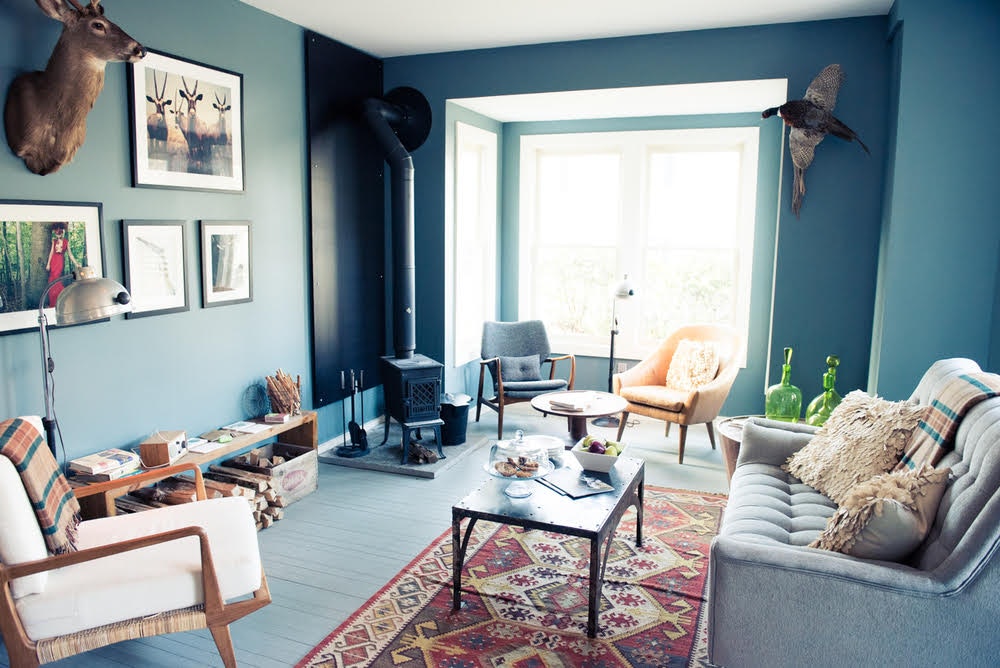
Sims grew up in Sullivan County, and returned to the region after a long stint of living in New York City. “I loved growing up here. Small town life and country life suited me,” says Sims. “But it also was during the time when the area was struggling. I came back home because, well, it’s home. And I wanted to take the experience of my career in hospitality and do my part to help bring the heritage of the Catskills hotel into a new chapter.”
The Fosters are ushering in a new era for the Catskills, one they like to call the Silver Age. “One hundred years ago, people were drawn to the Catskills for fresh air, time spent in the woods, food cooked by someone you had a relationship with, the farms, and a general disconnection from life as you knew it. It was about rejuvenation in the classic way of escaping to the mountains,” says Sims. “And now, our guests are seeking the same. And in some ways, they need it even more.”
